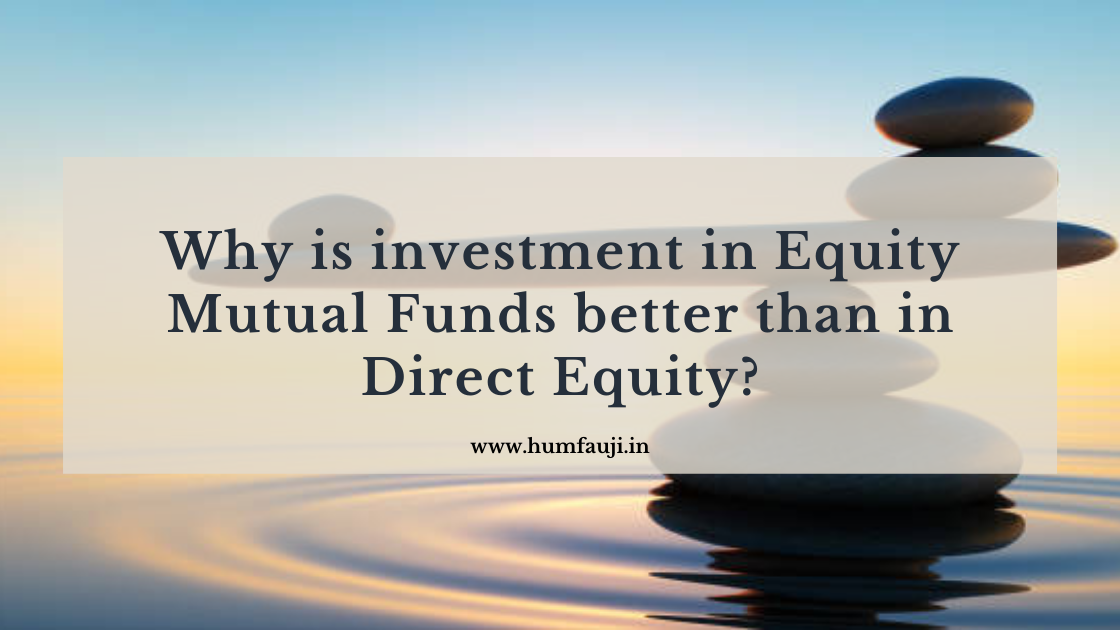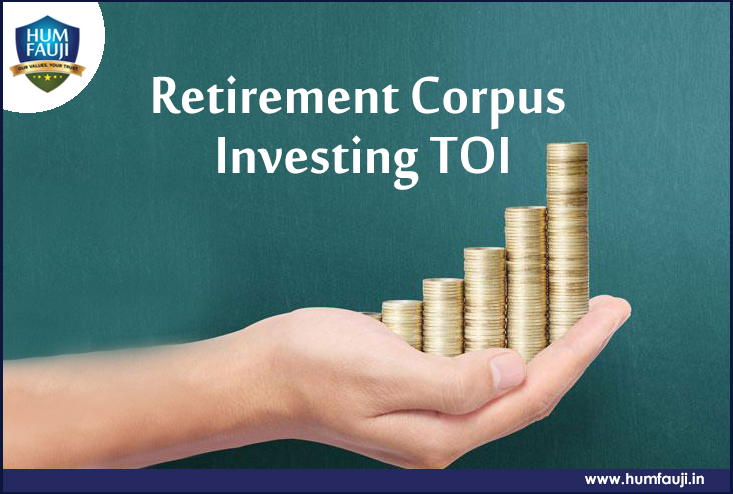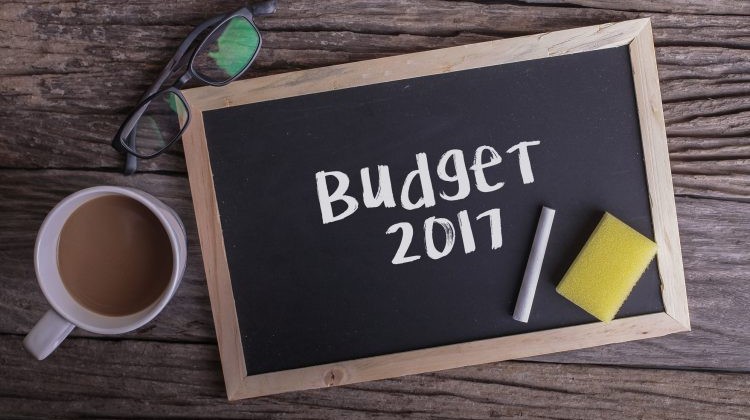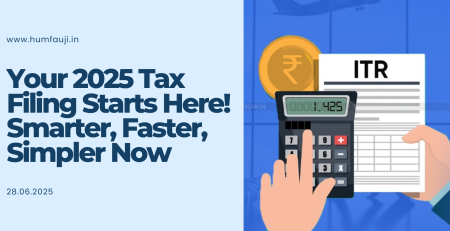Read our CEO’s article in the highly-respected ‘
This article is applicable for civilians as also armed forces personnel who haven’t got or are not likely to get pension. For those who will get pension, Bucket-2 need not cater for household expenses since the pension is generally sufficient for monthly expenses for most officers.
- There is no monthly income anymore coming from anywhere, except from what one has already accumulated, unless you get a substantial pension from the Govt.
- Emergencies will always come unannounced; inflation will always eat into the purchasing power of your money and the longer the horizon, the more pronounced will be the effect of such money depreciation; highest safety in investment will always get the lowest rates of return, and vice versa.
So, what is the way out so that one:
a) doesn’t take unnecessary risks with one’s life-time savings,
b) has the required amount of money every month to lead a comfortable life,
c) can cater to unforeseen emergencies, and
d) has the required insurance covers for the unforeseen.
That is where the 4-bucket strategy comes in. The buckets would be as follows:
Bucket-1 ― Emergency Bucket
Prudent financial planning always demands this bucket be created first. This caters to the emergencies that may come up and needs a careful assessment of the amount required. General emergencies will not demand more than Rs 5 lakh for most people if health insurance is taken care of.
However, circumstances like older dependents, loved ones abroad (hence, sudden costly travel) and medical conditions not covered by health insurance could demand a bigger bucket. The best place to invest is a few small FDs of Rs 1-2 lakh each, sweep accounts linked to savings bank accounts or liquid funds. For most people, an emergency fund of Rs 5-10 lakh would suffice.
Bucket-2 ― Monthly Income (Short-term) Bucket
This is the bucket that caters to monthly household expenses for the next five years of living. In addition, lifestyle travel plans (domestic and international), payment of premia for insurances (health, car, life, house, disability and critical insurance, etc), maintenance costs (house, car, appliances, etc), social obligations (festivals, events like family marriages) and miscellaneous regular requirements like replacement of white goods and house repairs would also be there.
While household expenses can easily be calculated on a monthly basis, other expenses will normally be on yearly basis and divided by 12 to arrive at the monthly requirement. The sum of the two expenses would be the total monthly requirement. Do not forget to add 5-10 percent as contingency to total monthly requirements so that some extra expenses in certain months do not add to worry lines.
Typically, this bucket would be about 20 percent of the total corpus and the best place to invest this would be a sweep bank account or liquid fund for the requirements of the next two years and Ultra Short-Term (UST) / Short Term Fund for three years beyond that. If one so wishes, part of the monthly funds requirement can also come from Senior Citizen Savings Scheme and PM Vyaya Vandana Yojana investments.
Bucket-3 ― Medium-term Bucket
This bucket is an intermediate bucket for growing the money. It would hold the money required for the period 6-10 years from now. It receives money from Bucket-4 and transfers the money to Bucket-2 on a yearly basis. It takes slightly higher risks than Bucket-2.
Bucket-4 ― Long-term Bucket
This is the long-term investment bucket which caters for the requirements beyond 10 years from the date of retirement. It would hold the rest of the money (left after filling Buckets 1 to 3). A very careful risk assessment and preferably a discussion with a financial planner would be required to set up this bucket. This is the bucket which shields one’s life-time savings from the drastic effects of inflation and feeds the previous two buckets. It could take as much as 40-60 percent equity exposure, depending on the retiree’s comfort level (aka Risk Profile). On every yearly review, one year’s requirement of funds goes from this bucket to Bucket-3, and the risk profile of the retiree may need to be reviewed every two years or so.
Finally, a few important points that need to be kept in perspective, while creating and managing the buckets:
Check out the originally published article on moneycontrol.com by the author














Leave a Reply